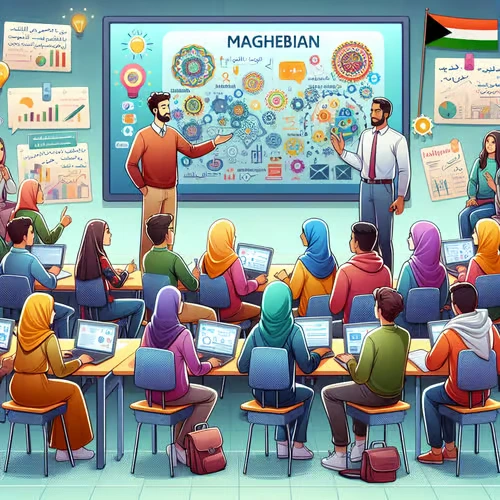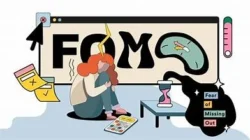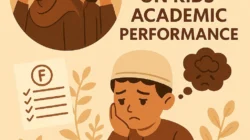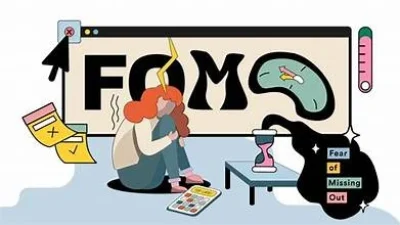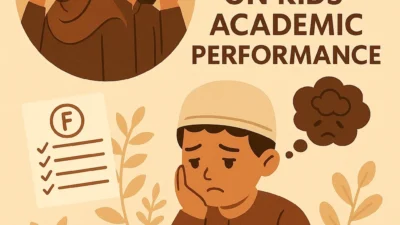Arabic’s Significance in the Global Age
Muslims can gain a deeper understanding of the Quran and Hadith by learning Arabic, which is one of the most significant languages in the Islamic world.
However, many people find it difficult to learn Arabic, particularly those who are not Arabic-speaking. Thus, technology may offer a way to facilitate Arabic learning.
Arabic is now so important in the global world, for both Muslims and non-Muslims, that non-Arabs need to study it.
This is demonstrated by the numerous Arabic language study establishments across the globe, including the Markaz Kortum in Sudan, the Shamlan Institute in Lebanon, the Islamic Institute of Madrid in Spain, and the Egyptian Radio Institute.
Baca juga: The Impact of Technology on Mental Health in the Digital Age
Technology’s Impact on Teaching Approaches
The previous two decades have seen a rapid advancement in technology, which has significantly altered how we teach and learn.
We can learn Arabic more efficiently by using the many Arabic learning materials that are available to us through technology, including websites, videos, and applications.
Technology is evolving quickly these days.
Thus, it facilitates our learning of Arabic.
These days, digital technology is used by everyone as a learning tool.
These days, learning Arabic can also be done with a variety of applications.
Digital technology has started to be incorporated into Arabic language instruction.
Digital tools like cellphones, the internet, and online learning programs present fresh chances to raise the standard of Arabic language instruction.
In this day and age, technology-based learning materials are commonly referred to as digital media-based education.
Electronic media that operates on digital code and computers or laptops—devices that typically read digital data binaries as information is referred to as digital media.
Consequently, it reflects the state of digital information processing devices that use software media.
Digital learning media is a method of creating or disseminating content from digital sources, storing the information or content in a digital format.
A monitor screen is used in the presentation of this digital learning resource.
It can be used as an effective learning tool in the classroom with the aid of computers, laptops, displays, and LCDs.
Lack of Interest in Learning Arabic
The challenge is that the foreign language and your mother tongue are not the same, both in terms of writing and pronunciation.
In schools, particularly in madrasah ibtidaiyah, proficiency in Arabic as a second language is crucial.
This is due to the fact that Arabic is used to teach certain subjects, including the Quran, Hadith, Fiqh, Aqidah, and Akhlak.
Arabic is therefore a fundamental science that every learner needs to learn.
Because the following religious lessons can be learned through language.
Arabic is frequently seen as a challenging language, which leads many to feel that studying it is challenging.
Nowadays, there are some obstacles to overcome when studying Arabic, such as:
1. Absence of more engaging and efficient Arabic instruction
2. Increased comfort in viewing and using Arabic
3. Lack of drive and enthusiasm for learning the language
Making Use of Digital Learning Platforms and Applications
You can learn Arabic more readily and flexibly at any time and from any location with the aid of digital tools and platforms.
The following suggestions and solutions can be implemented to facilitate the learning process:
1. Making use of engaging and successful Arabic learning applications, like Rosetta Stone Memrise, and Duolingo.
2. Accessing websites like ArabicPod101, Aljazeera, and others that offer resources for learning Arabic.
3. Learning Arabic with podcasts and videos, including those on YouTube and Apple Podcasts.
4. Enrolling in Arabic or online courses to receive one-on-one instruction from tutors or teachers.
I believe that YouTube is the most engaging and useful tool for learning Arabic out of all the apps mentioned above.
This is due to YouTube’s abundance of diverse video content, which ranges from simple to complex and is available for free at any time and from any location.
Additionally, the offered visual and aural displays make learning more approachable and engaging.
To make learning more flexible and pleasurable, we can also select movies based on our individual requirements and skills.
One outcome of technological advancements in the digital age is YouTube.
One of the most widely used video-based social networks at the moment is YouTube.
Unfortunately, a lot of individuals haven’t made the most of it as a learning tool.
Actually, YouTube may be a really useful tool if it is tailored to learning objectives.
YouTube gives us access to a variety of educational films that fit our interests and learning preferences.
Videos that can offer audiovisual comprehension, such as correct pronunciation of Arabic language, make up all of the content on YouTube.
Additionally, mobile devices, laptops, and other technical media can readily access YouTube.
YouTube can teach us new things about Arabic, such as how the word form change system (tasrif) works and the rules for ending sentence constructions (nahwu).
It’s not only about listening to Arabic terminology.
Since YouTube has a large amount of video content, we can select videos that are simpler for us to comprehend.
Because each content creator needs to employ unique conversations and techniques.
We can also use websites like Aljazeera that offer practice questions in Arabic to enhance our learning experience using YouTube.
Applications for practicing Arabic language skills include the Rosetta Stone app, which includes an audio test to teach us how to listen and speak Arabic as well as a vocabulary test with pictures.
We may learn Arabic more quickly and effectively by utilizing technology.
Thus, it is crucial that we use technology to facilitate the acquisition of Arabic.
Digital Technology’s Contribution to Arabic Language Learning
Technology has significantly altered how we teach and learn, and it may offer a means to simplify the process of learning Arabic.
We may learn Arabic more quickly and effectively by utilizing apps, websites, podcasts, and videos.
Thus, let us utilize technology to enhance our comprehension of Arabic and make learning it easier.
As a result, we can gain a deeper understanding of the Quran and Hadith and strengthen our love to Allah SWT.
Penulis: Nabila Mukaromah
Mahasiswa Jurusan Pendidikan Bahasa Arab, Universitas Muhammadiyah Prof. Dr Hamka
Dosen Pengampu: Muhammad Iman Sastra Mihajat, Lc, PDIBF, MSc Fin, Ph.D
Editor: Anita Said
Bahasa: Rahmat Al Kafi
Ikuti berita terbaru Media Mahasiswa Indonesia di Google News

